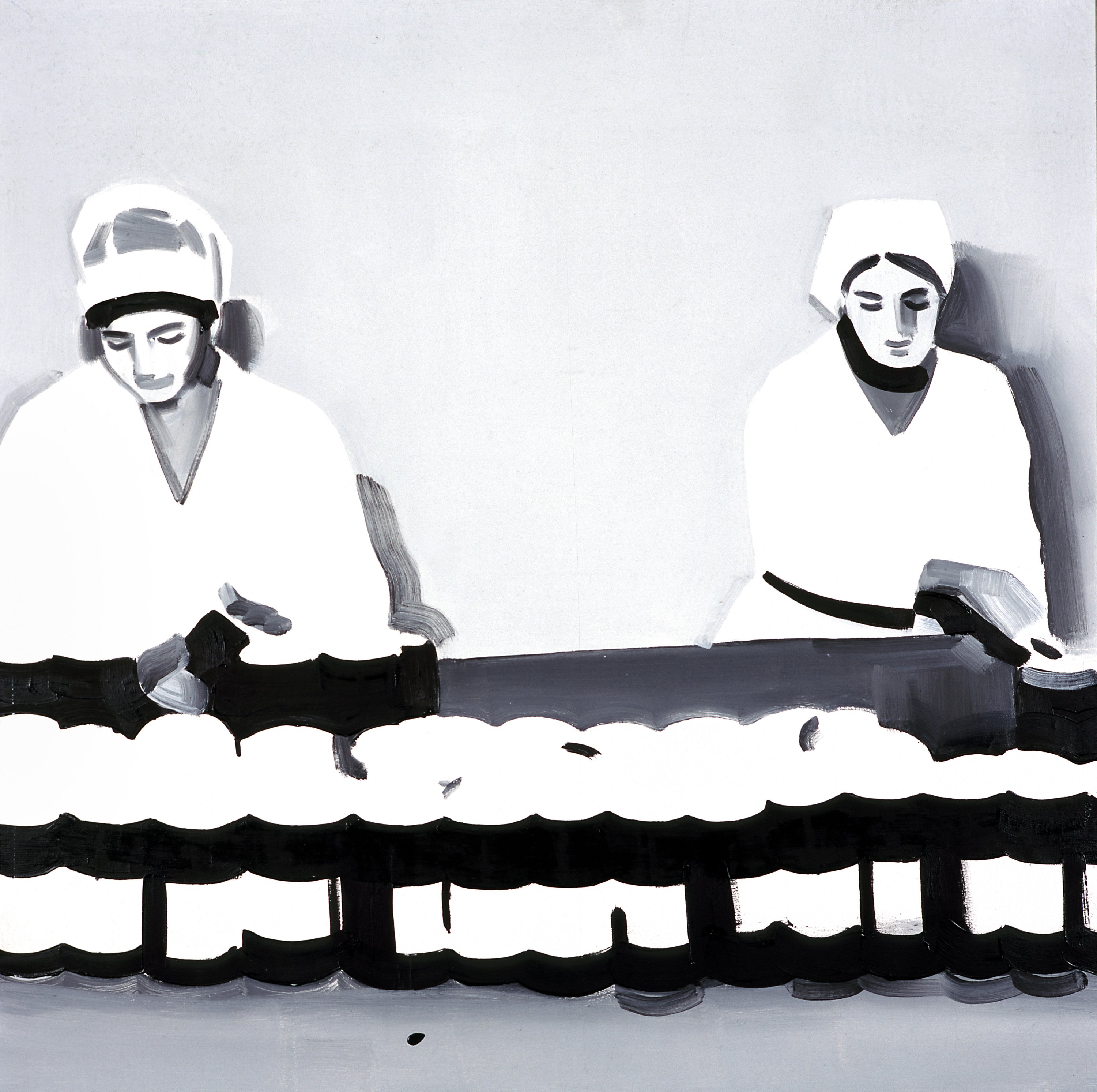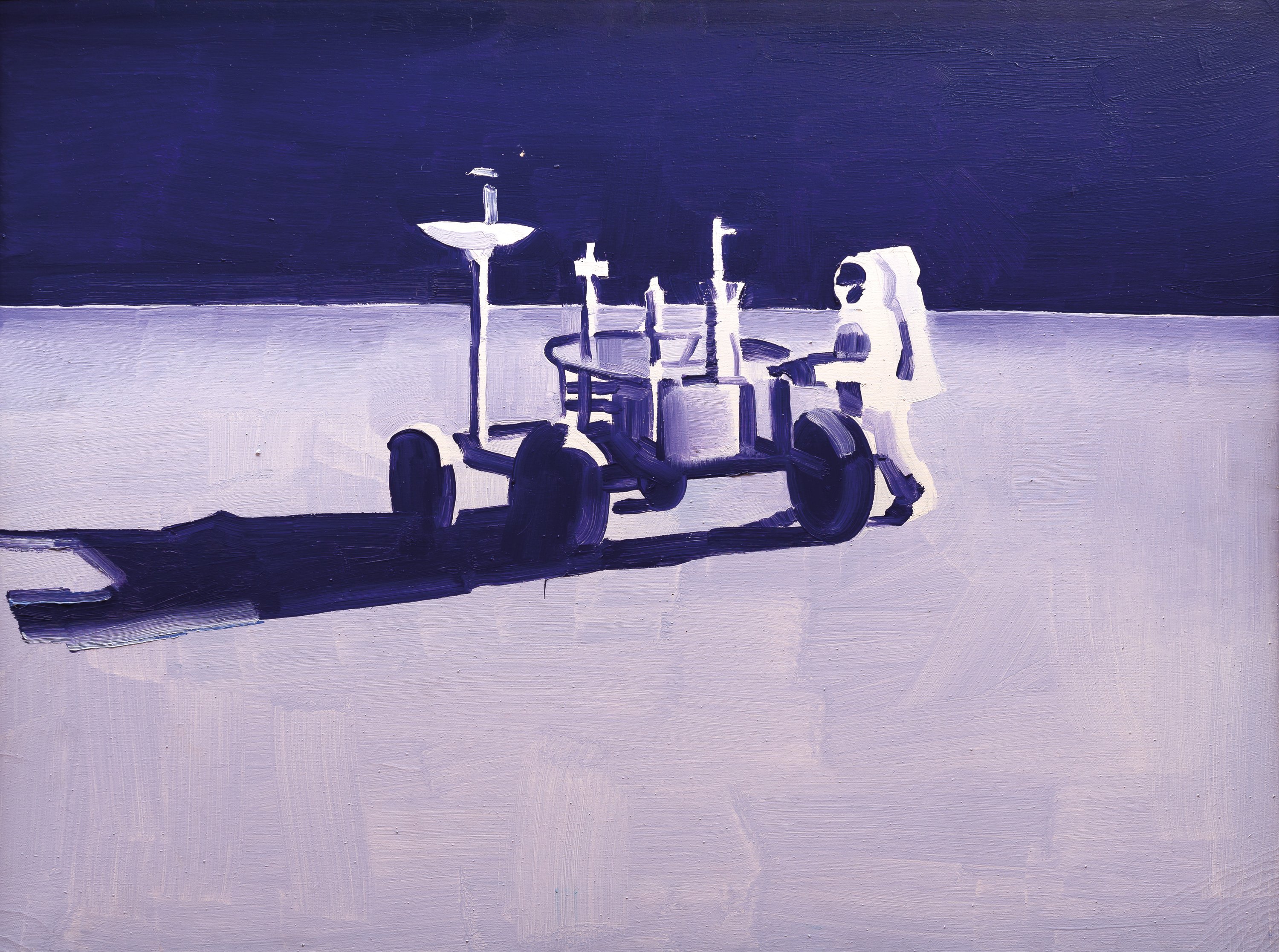Wilhelm Sasnal
b. 1972, Tarnów
Painter, draughtsman, creator of films and comic books. He studied architecture at the Kraków University of Technology, later transferring to the Faculty of Painting at the Academy of Fine Arts. He was a co-founder of the Ładnie group (with Rafał Bujnowski, Marcin Maciejowski and others). His works form part of the canon of new European painting of the early 21st century. He is the top painter of his generation, with many followers. In 2006, he ranked first in the List of 100 Most Important Young Artists published in the celebrated magazine Flash Art. His work includes banal everyday scenes, as well as images known from TV, the press, the internet, and cinema. His paintings are documentary in nature, Sasnal occasionally reaching for events essential to the history of mankind. Working with his wife Anka, he directed a number of feature films on 8 and 16 mm film, frequently poetic pieces with no specific plot, but with music vital to all productions. He received the Vincent Award in 2006 and participated in the 5th Berlin Biennale (2008) and the 31st São Paulo Art Biennial (2014). He lives and works in Kraków.
untitled
FSP ING 0028
The artist has depicted a puzzling scene. This may be a run-of-the-mill jar factory, or possibly a chemical plant, as suggested by the white coveralls of the workers. The laconic style and limited colour palette imply a documentary rather than purposeful narrative development. Wilhelm Sasnal is a documentalist. He once said in an interview, “I find many pretexts to paint. I have a problem with not yielding to each impulse. I feel extraordinarily susceptible to painting. … Today I am much more focused on the creative process as such; this is not to say I will not abandon it in favour of works swiftly and superficially rendered.”
untitled
FSP ING 0029
Wilhelm Sasnal’s world of painting reaches deep into individual and collective historical remembrance, his oeuvre featuring the power of an anarchist manifesto. The painting subtitled The Moon and citing an archival photographic image shows the moment of the “giant leap for mankind”. The artist selected and painted a historical event in enigmatic and ambiguous form. Discernible brushstrokes and reduced details suggest the work to be documentary in nature, created swiftly and in emulation of a photographic image.

